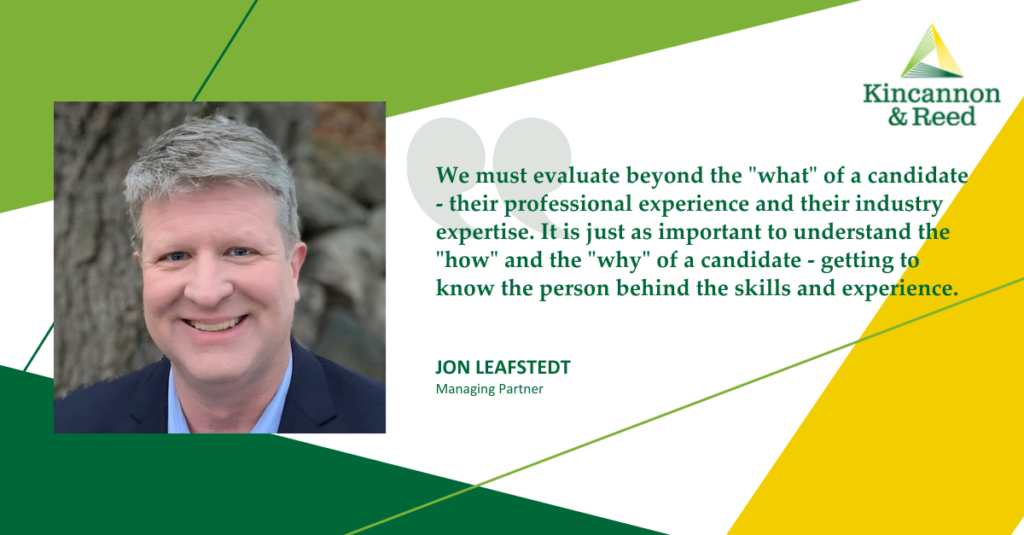
Charles Darwin declared those most responsive to change will come out on top, and we’ve seen plenty examples of this throughout the last year – at home and in business.
Earlier this month, the Association of Executive Search and Leadership Consultants (AESC) hosted its virtual conference: Thriving in the Next Normal, where speakers and panelists shared their perspectives on change and what’s necessary to keep businesses moving forward – not just to survive, but to thrive.
We have seen these changes firsthand. Employees at every organizational level have had to adjust their communication style to be effective. Leaders across our industry have continued to work at keeping their teams engaged. And companies have shifted how they think about recruiting executive talent.
Purpose Driven Organization
When an organization has a clear purpose, it unifies employees, helps them understand the organization’s direction, and gives them clarity in their role. For leaders, having a clear individual purpose is equally important. This message was clear from the speakers on the Purpose Driven Leadership Panel:
The panel also stressed a key tenet of evaluating candidates for executive leadership roles — we must evaluate more than the “what” of a candidate — their professional experience and their industry expertise. While experience is an important factor, it is imperative to better understand the “how” and the “why” of a candidate – getting to know the person behind the skills and experience. Do they lead with their heart and soul as much as their head? What motivates and drives them?

The panel validated what Kincannon & Reed principals have practiced for years in candidate evaluations. Assessing for personality, motivators, and values, in addition to experience and skills, is critical to understanding how an executive will lead and align with our client’s organizational culture.
Digital Body Language
Humans rely on body language to connect and build trust. In real life, we lean in, uncross our arms, smile, nod and make eye contact to show we listen and care. But, more recently, much of our communication happens from behind a screen. Traditional body language signals are no longer visible.
For over 10 years, the Kincannon & Reed team has operated as a virtual organization spanning four continents. As we’ve watched the much of the workplace abruptly move into a home-based office, 2020 gave the virtual workplace and digital communications a whole new look.
Executives share with us this sense that they’re digitally collaborating faster and more often than ever before, yet they often don’t feel as connected to their leadership team. Familiar means of leading, brainstorming, selling, and collaborating with employees, customers, and suppliers have been unavailable.
At the conference, Erica Dhawan, author of Digital Body Language: How to Build Trust and Connection No Matter the Distance, spoke about the cues and signals we send in our digital communications that impact our ability to build and maintain trust.
This communication shift requires careful thought and consideration as it pertains to people’s skills – especially in the leaders Kincannon & Reed recruits for the organizations we serve. Dhawan reminded all of us the digital workplace requires different methods of collaboration and trust-building. Some key take-aways I’ll use to be more effective in digital communications:
At Kincannon & Reed we work with our clients to place impactful leaders – purpose-driven innovators with expertise, enthusiasm, and insight – to transform organizations and deliver value. While we have been a virtual organization for several years, we will continue to improve our digital communication strategies to better serve our clients and learn more about the prospective candidates we communicate with. If you are interested in learning more, connect with us!